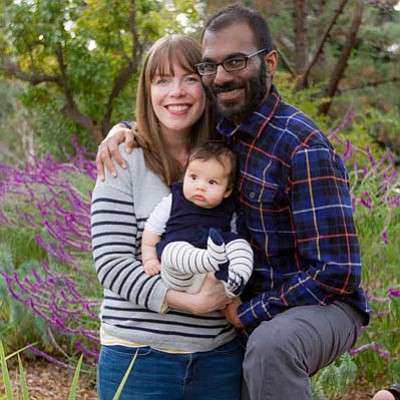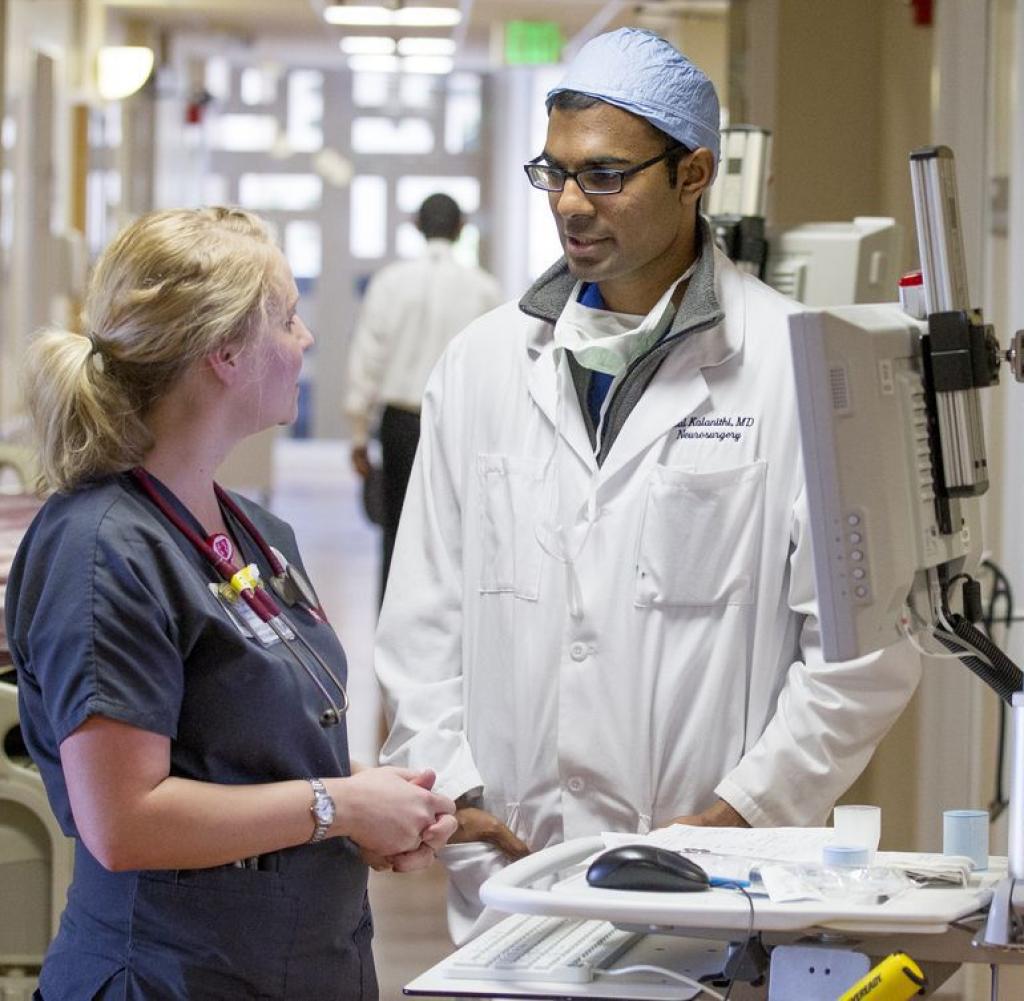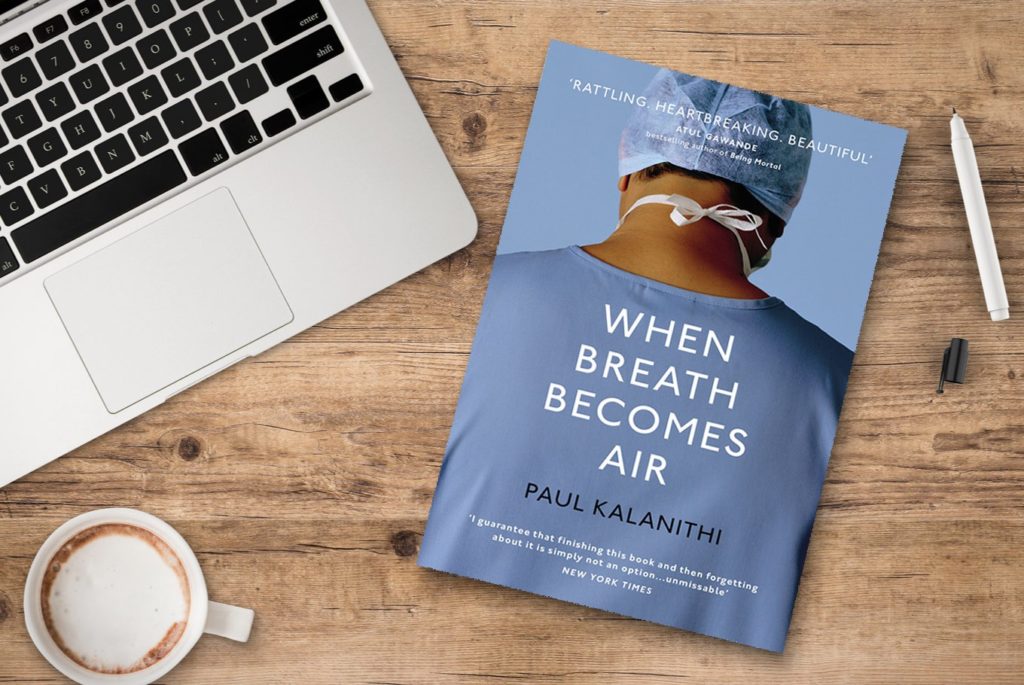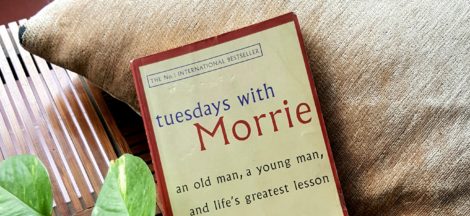It is rare to find a book that I would recommend to absolutely everyone in my life, but upon finishing When Breath Becomes Air by Paul Kalanithi, I immediately emailed everyone with the subject line: MUST READ.
When Breath Becomes Air begins with Dr. Paul Kalanithi’s childhood life in Arizona, where he developed a passion for English literature and biology that provided the foundation for his desire to pursue medicine. During the first half of the book, Dr. Kalanithi writes about this journey, which notably involved attending several internationally-esteemed universities: Cambridge, Yale, and Stanford. Not only did he graduate from these schools with honours — he was also pursuing the notoriously demanding specialty of neurosurgery. Despite the rigour of residency training in this discipline and a blooming relationship with his partner, Lucy, Dr. Kalanithi was not merely managing; he was gradually rising to prominence in the field as a clinician-scientist.
By the end of the book’s first half, Dr. Kalanithi has painted a portrait of the picture-perfect life he built for himself. This ingenious literary choice augments the devastation readers feel upon learning of his story’s tragedy — being diagnosed with late-stage lung cancer. From this point onward, Dr. Kalanithi shifts roles from doctor to patient, effectively anthropomorphizing the construct of empathy through his lived experience.


Empathy is often described as “walking a mile in another’s shoes.” For most, this is achieved in a figurative sense through perspective-taking, imagination, and emotional sharing. However, in When Breath Becomes Air, Dr. Kalanithi achieves empathy quite literally by walking a lifetime in the shoes of a chronically ill patient. This change is accompanied by a newfound understanding of the nuanced realities experienced by patients with cancer and other chronic illnesses — a perspective he would not have acquired otherwise. By following Dr. Kalanithi’s journey, readers are reminded of the physical, emotional, and spiritual turmoil that patients with terminal illnesses experience. This nurtures a strong appreciation for humanity and its critical role in medicine, as well as insight into the reductionism that prevails in the field. Dr. Kalanithi expresses this realization as follows:
“Science may provide the most useful way to organize empirical, reproducible data, but its power to do so is predicated on its inability to grasp the most central aspects of human life: hope, fear, love, hate, beauty, envy, honor, weakness, striving, suffering, virtue.”
(p. 170)
This understanding did not emerge instantly, though; instead, it was gradually built through Dr. Kalanithi’s reflections, ruminations, and learnings over the course of his illness.
Dr. Kalanithi also exposes readers to the initial confusion he felt with respect to his future when he was first diagnosed. Given his prognosis, he began re-evaluating his goals and aspirations in life. Prior to his diagnosis, he was pursuing his life’s purpose with vigour and certainty; however, once he received the news, his purpose and the certainty associated with it eroded away. He needed to find a new reason to go on at this pivotal point. Dr. Kalanithi summarizes his confusion as follows:
Grand illnesses are supposed to be life-clarifying. Instead, I knew I was going to die — but I’d known that before. My state of knowledge was the same, but my ability to make lunch plans had been shot to hell. The way forward would seem obvious, if only I knew how many months or years I had left. Tell me three months, I’d spend time with family. Tell me one year, I’d write a book. Give me ten years, I’d get back to treating diseases. The truth that you live one day at a time didn’t help: What was I supposed to do with that day?
(p. 161)
Although this realization was birthed from a terminal illness, unpredictable trajectories and uncertainty in life are themes that are relevant to all readers. In medical education specifically, students are plagued with uncertainties regarding their competence in the eyes of their superiors, their fate within the omnipotent residency matching algorithm, and their ability to stay afloat among the tides of the hidden curriculum.
There is no such thing as a perfect trajectory in any walk of life. Things will always change — we will always change. Even if we are not ready for these changes, we must roll with the punches anyway. As Dr. Kalanithi puts it, “I can’t go on. I’ll go on” (p. 149). This idea of pushing forward through adversity and uncertainty is a central theme of the novel and undoubtedly resonates with many readers. We see the imperfections of our own journeys reflected in Dr. Kalanithi’s, allowing us to connect with him on a deeper, more intimate level. Through his honest and transparent writing style, Dr. Kalanithi forms a relationship with every reader — which makes his demise even more saddening.
Death is still one of the greatest mysteries of human life, one that Kalanithi explored in both his career as a neurosurgeon and as a patient battling cancer. Despite efforts to solve this great mystery of what comes after our time on earth, if anything at all, there is no real way of knowing. Science cradled Kalanithi’s understanding of the world up until he faced the imminence of Death. It is the humanities – writing and literature – that left space for his curiosity, for his wonderings and uncertainty.





 Book: Tuesdays with Morrie
Book: Tuesdays with Morrie